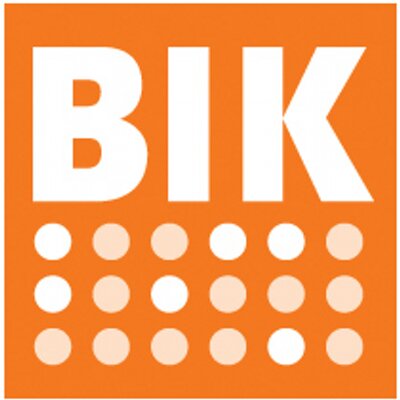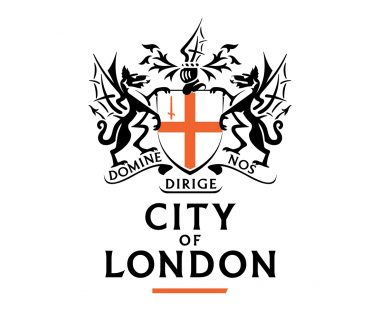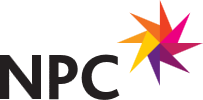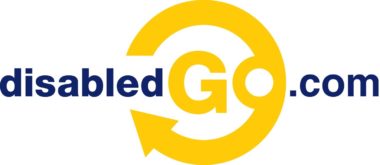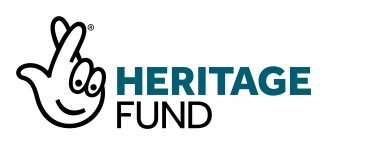What is the BITV-Test?
The BITV-Test is an evaluation test that is used to assess the accessibility of information orientated websites by capturing the success criteria laid out in Germany’s Barrierefreie Informationstechnik-Verordnung (Accessible Information Technology Regulation).
Developed as part of the BIK project, which is funded by the Federal Ministry of Labor and Social Affairs in Germany, the BITV-Test includes 49 concise check points which are intended to separate inaccessible website from accessible websites.
Check if you’re meeting accessibility standards, apply for your Free Accessibility Snapshot
Who is the BITV-Test for?
The test is for German websites only. However, this may be applicable to international/multinational businesses who provide a Germany specific website that is written in German.
It primarily focuses on informational websites, but other websites that offer services (as well as information) can also be assessed.
Types of BITV-Test
The BITV-Test is broken into three different types:
- BITV Self-Assessment – A free test for anyone that registers to the website. It is a web accessibility checklist that runs down the main points that are assessed to become an accessible website. There are no page samples in this, the check points apply to the whole site or one page. Please note that this self-assessment is in German only.
- BITV Design support test – This test is used for evaluating websites during the development phase. Independent evaluators can target specific page samples or choose at random. This is done just before the final test.
- BITV Final Test – This involves two evaluators conducting an independent test based on the same page samples. These tests run in tandem and are followed by an arbitration phase. Here, the evaluators run through all of the check points that they have scored differently and agree on one rating, this not only helps detect oversights but corrects both lenient and strict ratings.
The Structure of the BITV-Test
The great thing about the BITV-Test is in its detail. On each one of the check points included in the test, there is an explanation on what should be tested to ensure it meets the desired requirements, why it’s important to ensure that specific thing is accessible, and how the said checks should be carried out. For each site, at least three pages (different structures if possible) should be tested.
Each checklist item is graded, some items are given 1 point, others are graded between 1 and 3 points (depending on its importance when it comes to accessibility), with the maximum total score of the checklist being 100. In the test, evaluators asses 49 points on the following (translated from German to English):
- Not fulfilled
- Likely to fail
- Partially fulfilled
- Satisfactory
- Fulfilled
- Not Applicable
The self-assessment shows whether you have met the WCAG Guidelines too. Any score above 90 is considered accessible and anything above 95 being ‘very accessible’. If you score below 90, you will be considered inaccessible. One thing to note is that points are not deducted as a whole, for example, if one step is assessed as being ‘partially fulfilled’, 0.5 – 1.5 will be deducted (depending on whether it is 1 point or 3 points for the check point).
If you get above 90, you will be issued with a 90plus award on the website, which will confirm that you are an accessible information provider. There are, however some exceptions to that rule.
The Significance of the Results
As a general rule, the self-assessment made available is likely to show different results than an independent BITV-Test. This is down to you, as a developer/content manager or business owner, knowing the weaknesses of the website much better than an independent assessor who may not encounter some of the errors that you may know exist. This could result in a higher rating.
On the other hand, a developer may be more forgiving when it comes to assessing the website, knowing where shortcomings are and why the compromise had to be made, this means that the independent assessment could actually be worse than the self-assessment.
It’s also worth noting that the results of the BITV can be devalued. In an independent assessment, even if your website has been given 95 points or higher, if there is one issue which causes ‘serious consequences’ when it comes to accessibility, it will not be given the ‘accessible’ or ‘very accessible’ rating.
Not sure how accessible you are and want to know more about what areas you may need to consider before applying for a BITV-Test? Shaw Trust Accessibility Services offers a free digital accessibility snapshot which gives you a brief outline of accessibility errors on your website or digital service.
Further Reading
If you’d like to learn more about accessibility and gain a better understanding of some of the terms commonly used then we’ve created a series of blogs just for you. Simply click on the post titles below;


